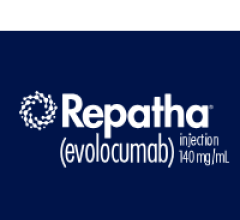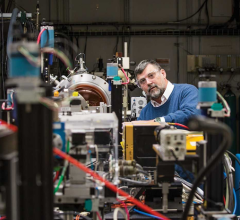
March 14, 2022 – After a stroke, patients may lose feeling in an arm or experience weakness and reduced movement that limits their ability to complete basic daily activities. Traditional rehabilitation therapy is very intensive, time-consuming and can be both expensive and inconvenient, especially for rural patients traveling long distances to in-person therapy appointments.
That’s why a team of researchers, including one at the University of Missouri, utilized a motion-sensor video game, Recovery Rapids, to allow patients recovering from a stroke to improve their motor skills and affected arm movements at home while checking in periodically with a therapist via telehealth.
The researchers found the game-based therapy led to improved outcomes similar to a highly regarded form of in-person therapy, known as constraint-induced therapy, while only requiring one-fifth of the therapist hours. This approach saves time and money while increasing convenience and safety as telehealth has boomed in popularity during the COVID-19 pandemic.
“As an occupational therapist, I have seen patients from rural areas drive more than an hour to come to an in-person clinic three to four days a week, where the rehab is very intensive, taking three to four hours per session, and the therapist must be there the whole time,” said Rachel Proffitt, assistant professor in the MU School of Health Professions. “With this new at-home gaming approach, we are cutting costs for the patient and reducing time for the therapist while still improving convenience and overall health outcomes, so it’s a win-win. By saving time for the therapists, we can also now serve more patients and make a broader impact on our communities.”
Traditional rehab home exercises tend to be very repetitive and monotonous, and patients rarely adhere to them. The Recovery Rapids game helps patients look forward to rehabilitation by completing various challenges in a fun, interactive environment, and the researchers found that the patients adhered well to their prescribed exercises.
“The patient is virtually placed in a kayak, and as they go down the river, they perform arm motions simulating paddling, rowing, scooping up trash, swaying from side to side to steer, and reaching overhead to clear out spider webs and bats, so it’s making the exercises fun,” said Rachel Proffitt, assistant professor in the MU School of Health Professions. “As they progress, the challenges get harder, and we conduct check-ins with the participants via telehealth to adjust goals, provide feedback and discuss the daily activities they want to resume as they improve.”
Nearly 800,000 Americans have a stroke each year according to the CDC, and two-thirds of stroke survivors report they cannot use their affected limbs to do normal daily activities, including making a cup of coffee, cooking a meal or playing with one’s grandchildren.
“I am passionate about helping patients get back to all the activities they love to do in their daily life,” Proffitt said. “Anything we can do as therapists to help in a creative way while saving time and money is the ultimate goal.”
“Video game rehabilitation for outpatient stroke (VIGoROUS): A multi-site randomized controlled trial of in-home, self-managed, upper-extremity therapy” was recently published in ‘eClinicalMedicine,’ an open-access journal from The Lancet. Other authors on the study include Lynne Gauthier, Deborah Nichols-Larsen, Gitendra Uswatte, David Morris, Victor Mark, Nancy Strahl, Marie Simeo, Kristina Kelly, Roger Crawfis, Edward Taub, Linda Pax Lowes and Alexandra Borstad.


 September 19, 2025
September 19, 2025 








